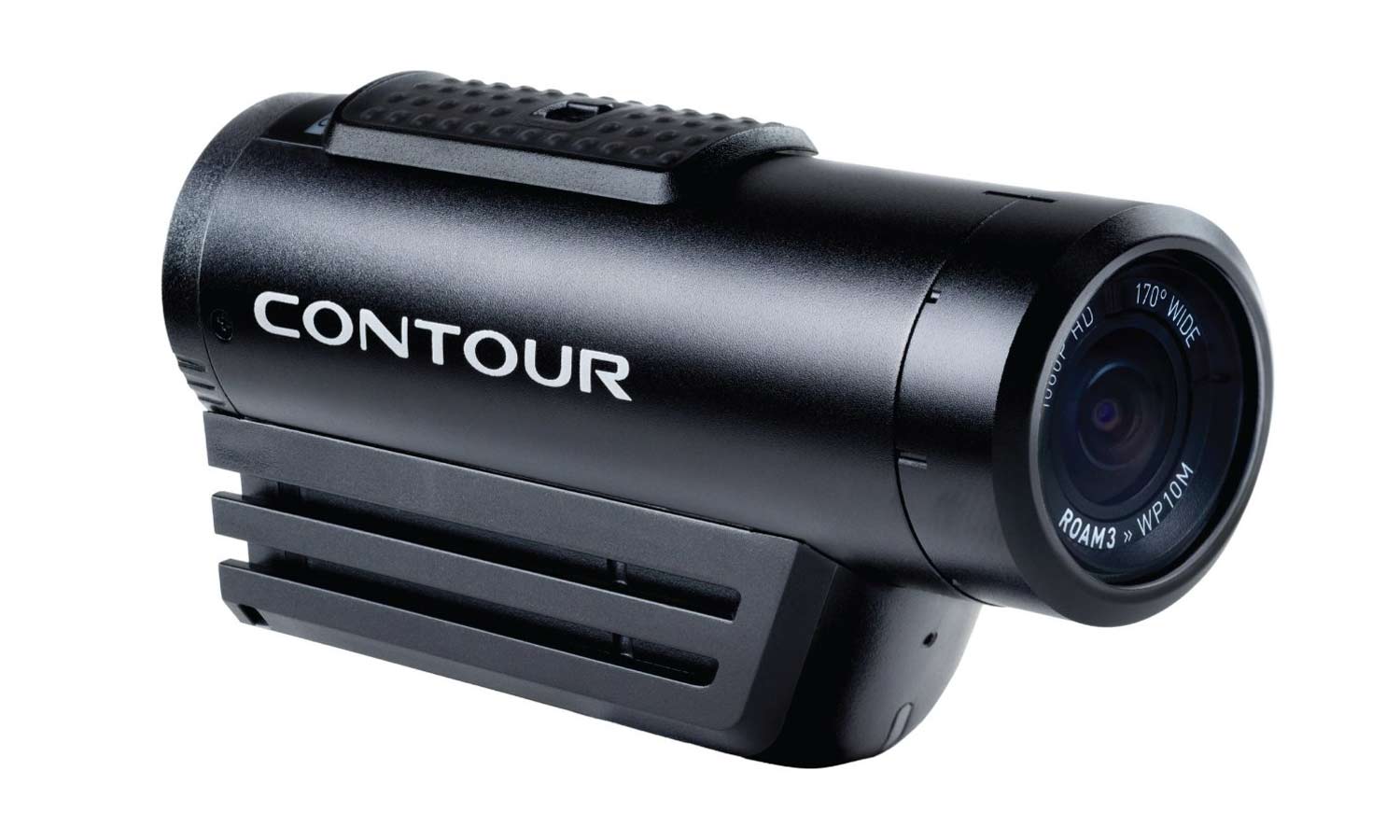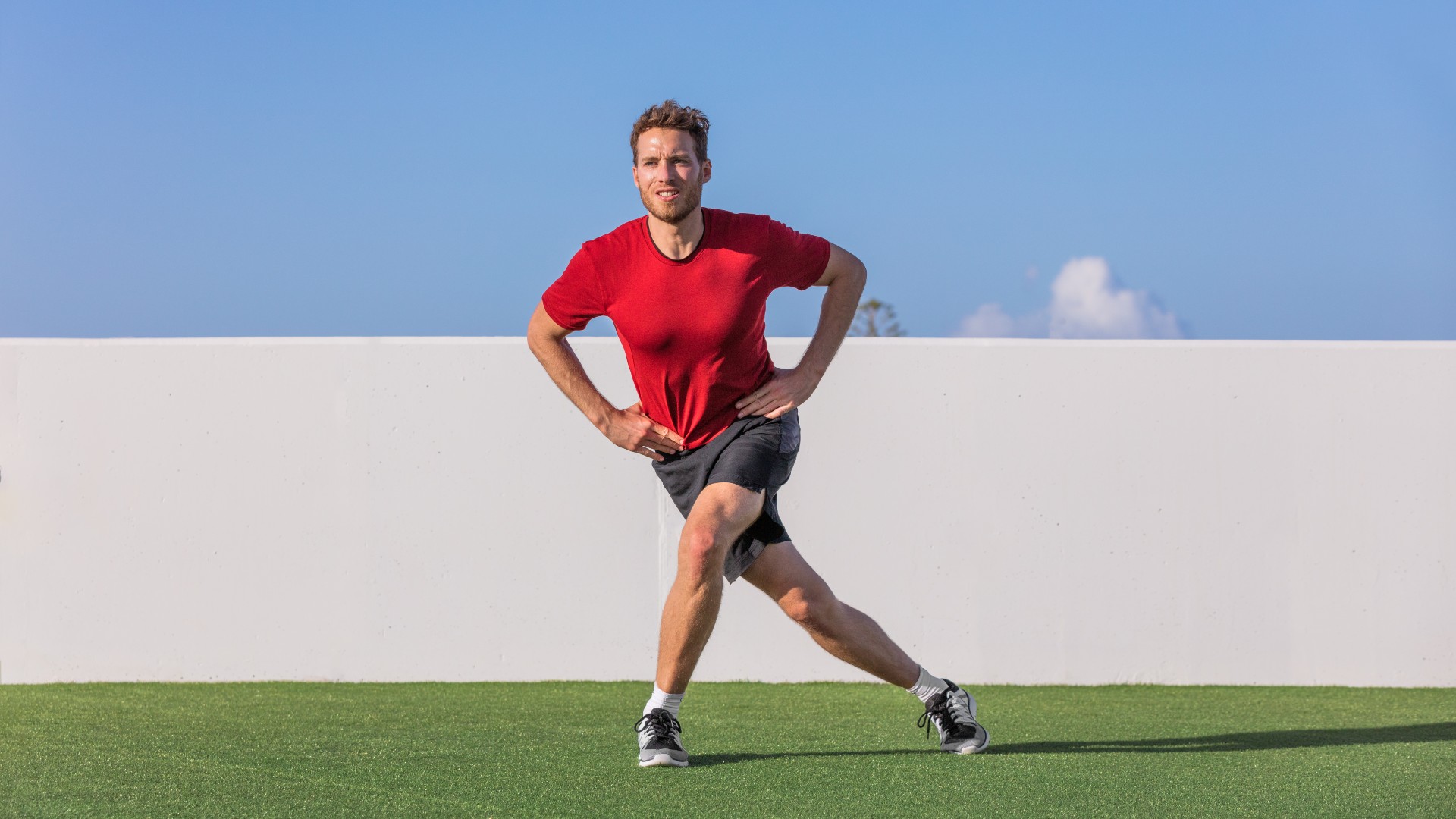Tom's Guide Verdict
The Roam3 has a great design and an attractive price, but the video looks too muddy, especially when the camera is in motion.
Pros
- +
Slim, rugged, waterproof design
- +
Rotating lens and laser guide help you shoot level video
- +
Clever mounting system
- +
Low price
Cons
- -
Blurry video obscures details, especially when in motion
- -
No LCD on device and no Wi-Fi for smartphone control
Why you can trust Tom's Guide
In a category dominated by super complex cameras from GoPro and Sony, the Roam3's sleek, spartan design is refreshing. The controls are too simple for you to accidentally enable a horribly wrong video setting, and a rugged, waterproof housing saves you from fiddling with additional cases. Too bad the video quality is too weak to trust this camera with catching special moments.
Keep reading, though, because Contour's design provides a lot of good lessons for other camera makers.
Design: Smart and Simple
The Roam3 just feels right. A 4-inch metal barrel sits atop a slightly shorter rectangular plastic block, which provides a tripod screw hole on the bottom and clever mounting brackets on each side. The Roam3's included adhesive mounts feature two tabs that slide into a pair of slots on each side of the block.
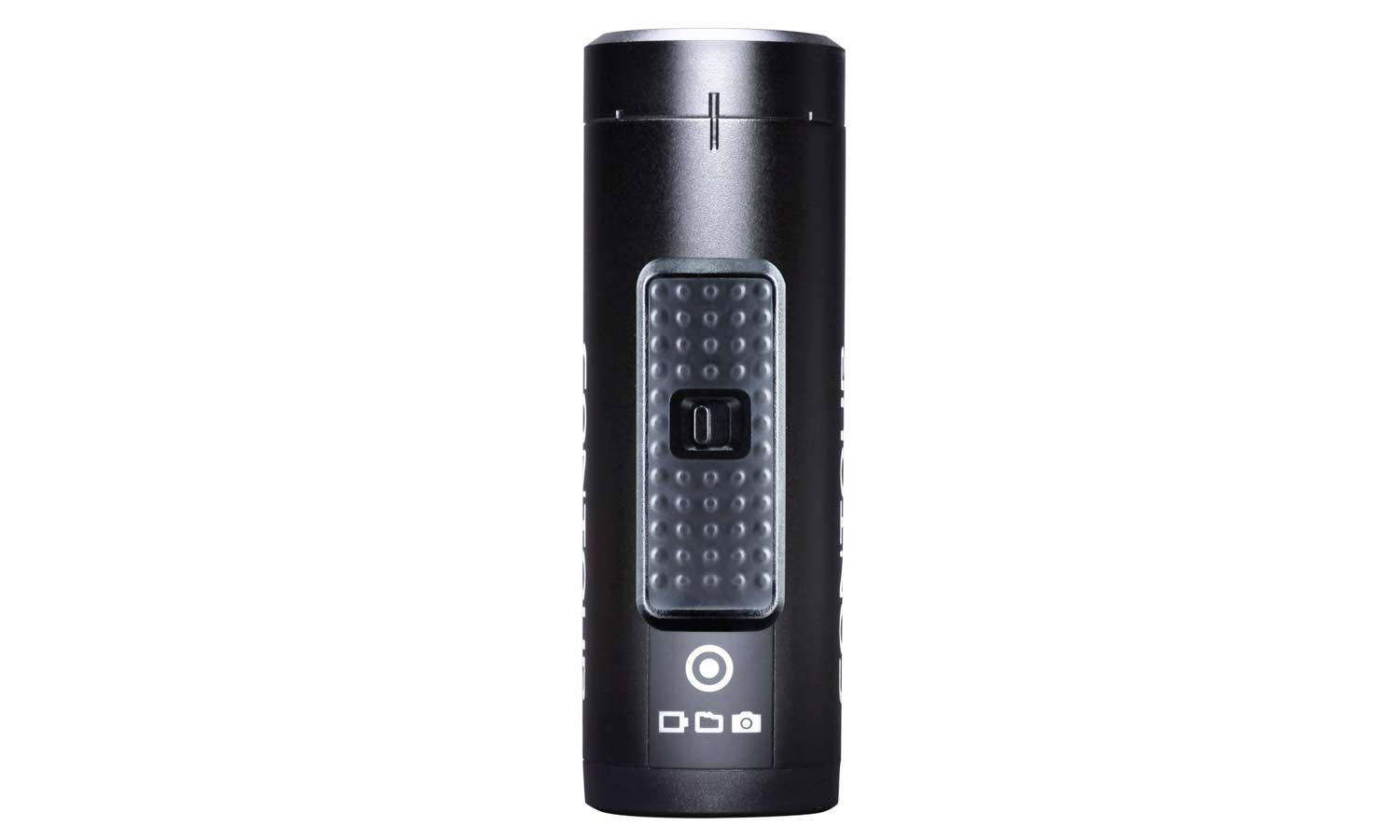
The Roam3 can withstand being submerged under 33 feet of water — no additional case needed. (In contrast, GoPro and Sony action cams require cases in order to go underwater at all.) You can rotate the camera up to 270 degrees inside the cylinder, so you can shoot upright however you end up mounting the Roam3. That's very helpful: It's often hard to mount a camera perfectly level on something like the side of a helmet, as I had to do. Pressing the Status button on the back of the camera activates a red laser that projects a horizontal line that serves as a guide for getting the camera level.
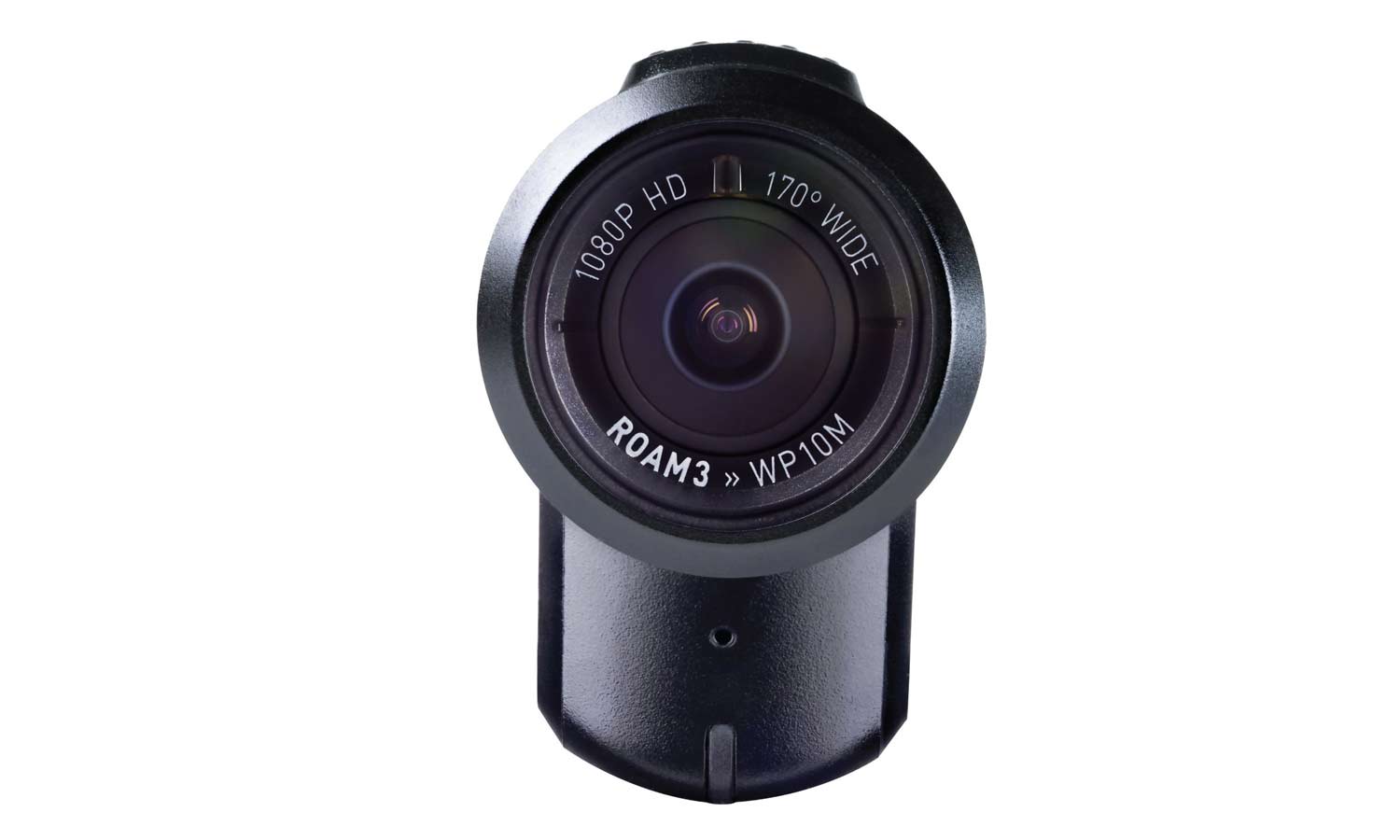
Measuring 3.9 x 2.2 x 1.3 inches and weighing 5.5 ounces, the Roam3 is roughly average-size for an action camera — about the same size and heft as the Ion Air Pro 3 and the Kodak Pixpro SP1, both of which are also rugged and waterproof and don't require a separate case.
Controls and Usability: All You Need
Contour does a good job of making the Roam3 easy to use, despite the lack of a screen. On top is a long slider switch. Push it forward, and the camera turns on and starts recording video — that's it. Hold down a button on the back of the camera for 3 seconds (until you hear two beeps), and the Roam3 switches into still-camera mode. Subsequently pressing the same button snaps a photo.
Unlocking and opening the watertight door on the back reveals two more tiny buttons: one to format the memory card (which is inserted just above) and one to reset all of the camera settings. A slider switch lets you toggle between two video modes you've configured, such as 1080p/30-fps and 720p/60-fps video.
Get instant access to breaking news, the hottest reviews, great deals and helpful tips.
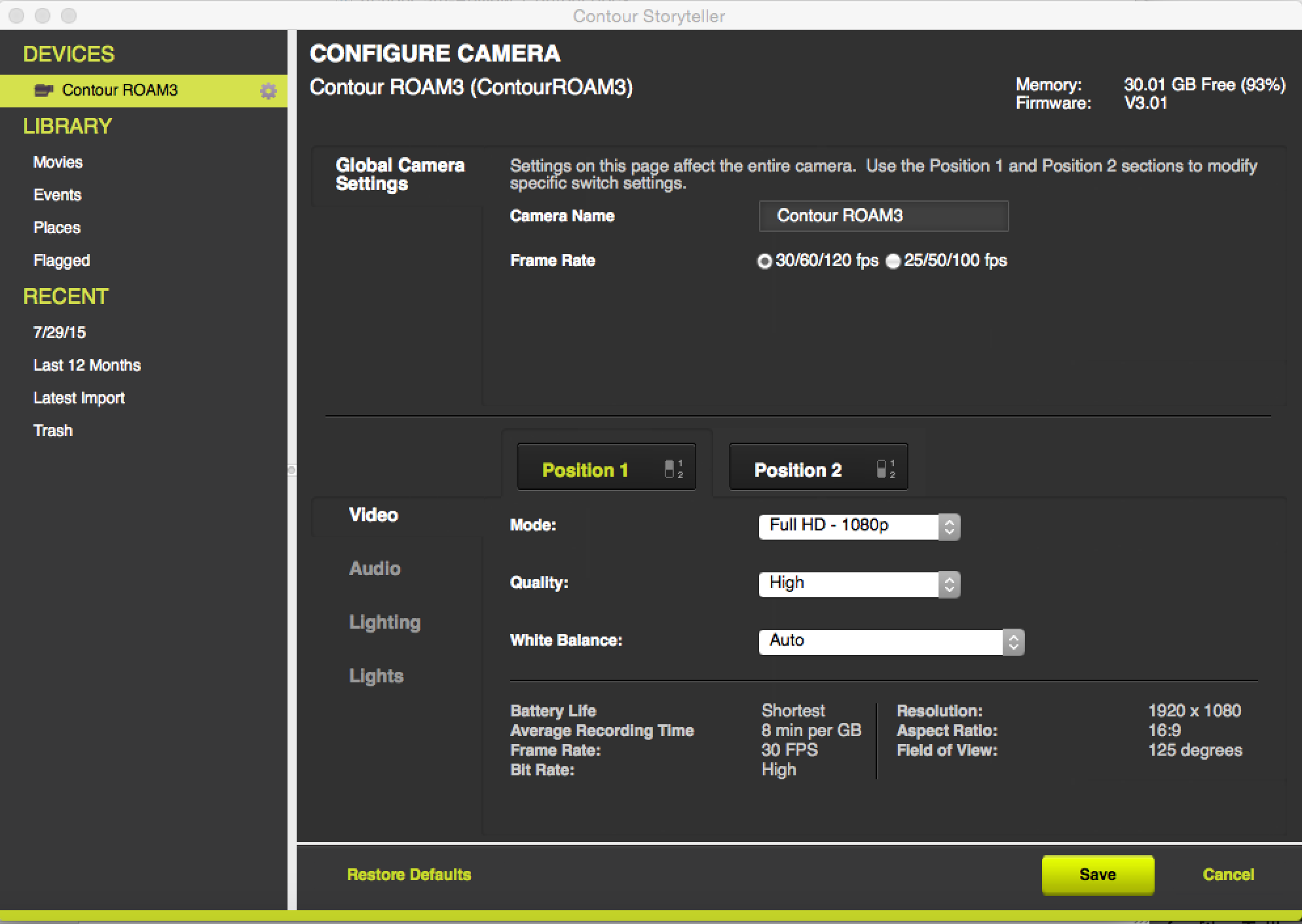
The challenge is in setting those video configurations. The Roam3 is the only action camera we tested that does not feature Wi-Fi for controlling it via a smartphone. (The company's $299.99 Contour+2 boasts Bluetooth as well as GPS.) Instead, you need to tether it to a Mac or PC using a USB cable and run Contour's bare-bones, retro-looking Storyteller software, which allows you to organize and edit photos and video, and program settings for each of the two switch positions. The app isn't elegant, but it's easy to use.
Video and Photo Quality: Middling
Video shot with the Roam3 quickly deteriorated with motion. I originally tested the Roam3 while mountain biking in California, using the 720p/60-fps setting recommended for action, but the footage was rather muddy-looking. Nothing was in sharp focus, and the movement further blurred details.
Surprised at the poor results, I decided to give the Roam3 a second chance after I got back to New York City. This time, I set it to 1080p and 30 fps, and compared it to the Kodak Pixpro SP1 and the GoPro Hero4 Silver at the same settings.
The video was sharper overall and no longer looked out of focus, although motion blur was still pretty noticeable. (Look at the signs I rode by.)
Footage from the Kodak was sharper and steadier, but not radically better as it had been in the mountain biking footage.
Nighttime footage of a dim Brooklyn street was quite dark, with only areas directly under the streetlights discernible. This was a hard test, however, and none of the six other cameras I reviewed fared much better.
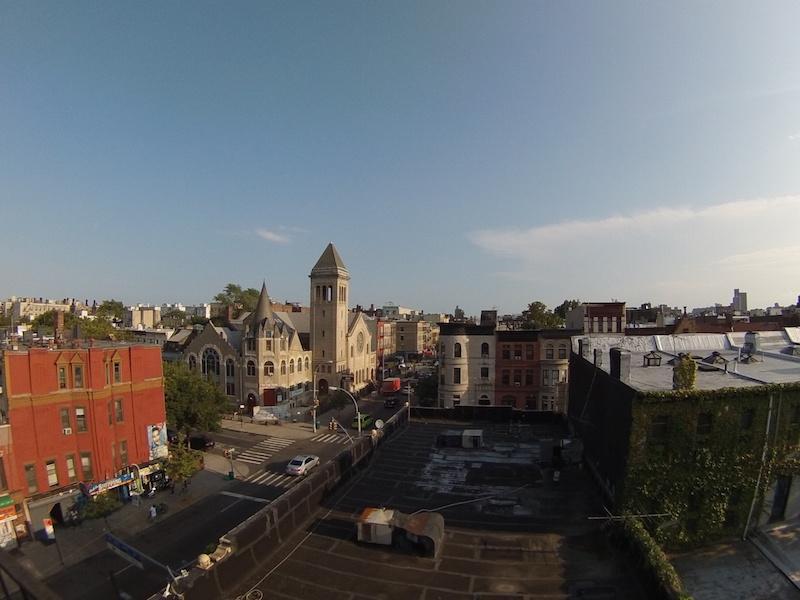
Still photos looked about as good as the video I shot with the camera when stationary. Details were soft, and colors were a bit simplistic. Things fell apart in the night photos, though, in which not much more than the streetlights were discernible.
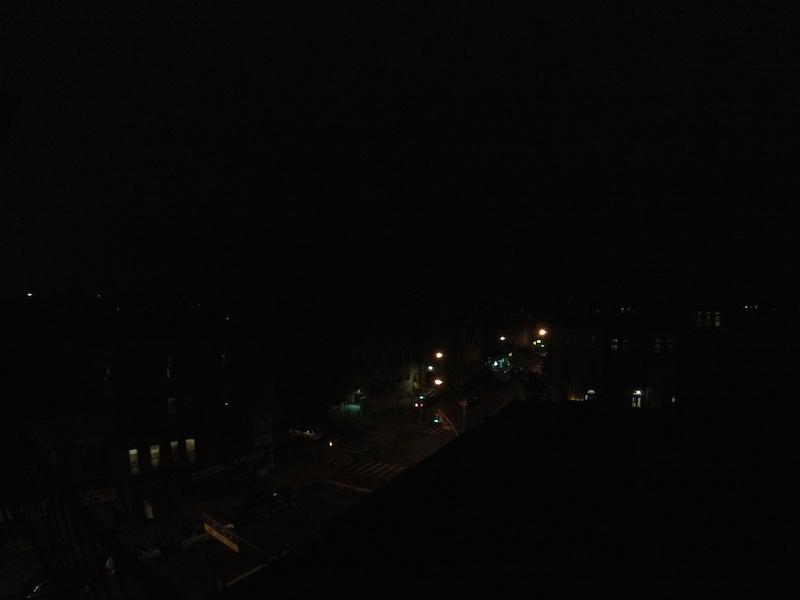
For the price, you'll get better image quality and somewhat better controls — though a much-less-elegant design — in the boxy Kodak Pixpro SP1 action camera.
Battery Life and Storage: Good Enough
The Roam3's battery is not removable, which is one reason the device is so compact and can be waterproof without requiring a separate housing. However, that means you don't have the option to extend shooting time by swapping in a spare cell. The built-in battery is rated for 3 hours of 1080p/30-fps video, which is quite good. The similarly priced Kodak Pixpro SP1 is rated for 2 hours and 10 minutes.
MORE: Sony HDR-AS200V Action Cam Review
The Roam3 takes microSD cards up to 32GB. Some cameras can handle up to 64GB, but 32GB is plenty — enough for about 5 hours and 11 minutes of 1080p/30-fps video.
Accessories: All Situations Covered
Contour's mounting options are another example of simple-but-useful design. The Roam3 kit comes with two mounts that slide into the slots on either side of the camera. The first is a basic flat plate. The second is a handy rotating mount that you can set to any angle and then lock into place. That mount, along with the rotating lens, makes it as easy as possible to shoot level video regardless of where you mount the camera.
Contour sells about a dozen other handy mounts specialized for activities such as biking, skiing and surfboarding.
Bottom Line
With its clever design and low price, the Roam3 is almost inviting. The company put a lot of thought into engineering a great physical product. Unfortunately, this camera skimps too much on image quality. I suggest giving the Roam3 a pass. Contour just merged with another action-cam maker, iON. Perhaps the combined resources will enable the companies to build better image quality into future models. In the meantime, the Kodak Pixpro SP1 is your best option at this price.
Sean Captain is a freelance technology and science writer, editor and photographer. At Tom's Guide, he has reviewed cameras, including most of Sony's Alpha A6000-series mirrorless cameras, as well as other photography-related content. He has also written for Fast Company, The New York Times, The Wall Street Journal, and Wired.
